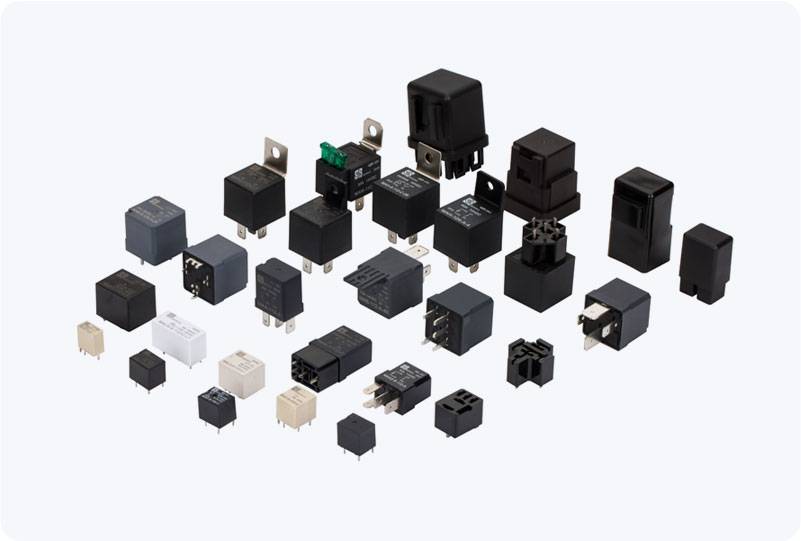hv insulation fault relay: ensuring safety and reliability in high voltage systems
Release time:2025-06-18 12:46:03
In modern electrical power systems, maintaining the integrity of the electrical insulation is crucial for ensuring the safe and efficient operation of high voltage (HV) equipment. One of the essential devices used in this regard is the HV Insulation Fault Relay, which plays a significant role in monitoring and protecting the electrical network from potential insulation failures. This article explores the importance, functionality, and applications of the HV Insulation Fault Relay, highlighting its role in preventing catastrophic failures in high voltage systems.

What is an HV Insulation Fault Relay?
An HV Insulation Fault Relay is a protection device designed to detect insulation faults within high voltage electrical systems. Insulation plays a vital role in preventing unintended electrical paths, which could result in short circuits, equipment damage, or even catastrophic electrical fires. The HV Insulation Fault Relay continuously monitors the condition of the insulation, alerting operators to potential failures before they escalate into more serious issues.
The primary function of the relay is to detect abnormalities in the insulation resistance of HV equipment, such as transformers, circuit breakers, and other high-voltage components. If the insulation resistance falls below a predefined threshold, the relay sends an alarm or automatically disconnects the faulty system, ensuring the safety of both the equipment and the surrounding personnel.

